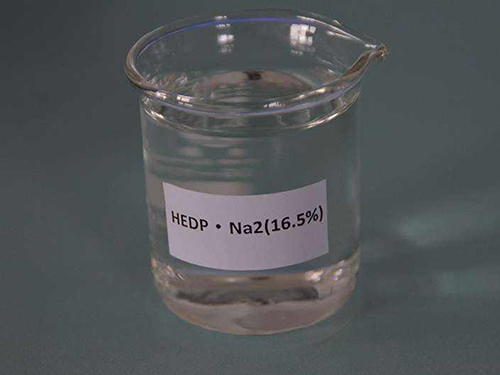flocculation chemicals
Understanding Flocculation Chemicals A Comprehensive Overview
Flocculation is a crucial process used in various industrial and environmental applications, primarily aimed at the separation of solids from liquids. This process involves the aggregation of fine particles into a floc, or larger clumps, which can then be easily removed from the liquid phase. The efficiency of this separation heavily relies on the use of flocculation chemicals. This article explores the types of flocculation chemicals, their mechanisms, applications, and future trends in flocculation technology.
What are Flocculation Chemicals?
Flocculation chemicals, often referred to as flocculants, are substances that facilitate the agglomeration of particles suspended in a liquid. They typically work through one of two primary mechanisms charge neutralization or bridging. Flocculants are commonly classified into two categories organic and inorganic flocculants.
Organic Flocculants These are usually synthetic polymers derived from natural sources or synthesized from petroleum. Common types include polyacrylamides, cationic, anionic, and nonionic polymers. Organic flocculants are predominantly used due to their effectiveness at lower dosages and ability to form stronger flocs, making them suitable for challenging wastewater treatment scenarios.
Inorganic Flocculants Inorganic flocculants, such as aluminum sulfate (alum), ferrous sulfate, and polyaluminum chloride, are widely used due to their cost-effectiveness and efficiency in specific applications. These agents work by destabilizing colloidal particles, promoting their adhesion and settling at the bottom during sedimentation.
Mechanism of Action
The effectiveness of flocculation chemicals is largely dictated by their mechanism of action.
1. Charge Neutralization Many suspended particles in water carry a negative charge, which helps them to remain dispersed. Flocculants often have a positive charge that neutralizes the surface charge of these particles, leading to aggregation.
2. Bridging Mechanism Some polymers can adsorb onto the surfaces of multiple particles simultaneously. This bridging action causes particles to come together, forming larger flocs that can easily settle.
3. Hydrophobic Interaction Certain flocculants can interact hydrophobically with organic particles, enhancing floc formation by attracting organic materials to one another.
Applications of Flocculation Chemicals
flocculation chemicals

Flocculated solutions find a wide range of applications across various sectors
- Water Treatment The most significant application of flocculation chemicals is in municipal and industrial wastewater treatment plants. Flocculants are added to clump together contaminants and solids, enabling their removal through sedimentation or filtration.
- Paper Production In the paper manufacturing industry, flocculants are used to improve the retention of fibers and fillers, enhancing pulp efficiency.
- Mining Flocculation plays a role in mineral processing, helping to separate valuable minerals from gangue by promoting aggregation and sedimentation.
- Food Industry Flocculants help in food processing, such as in juice clarification or removing particulate matter from beverages.
- Oil and Gas In oil extraction and wastewater treatment processes in the oil and gas industry, flocculants help separate oil from water, making it a vital component for environmental compliance.
Future Trends in Flocculation Chemicals
As environmental regulations become stricter and industries seek more sustainable practices, the development of eco-friendly flocculants gains traction. Biodegradable materials and naturally derived flocculants are being explored to replace conventional synthetic chemicals. Additionally, advances in nanotechnology and smart materials hold potential for developing highly efficient flocculation agents that can respond to changing conditions in real-time.
Furthermore, there is an increasing emphasis on optimizing dosage and improving the application processes to lower costs and minimize waste. Digital tools and modeling techniques are being employed to enhance the efficiency of flocculation processes.
Conclusion
Flocculation chemicals play a pivotal role in separating solids from liquids across various industries, significantly impacting environmental and industrial processes. Understanding their types, mechanisms of action, and applications enables industries to optimize their processes effectively. As we move towards a more sustainable future, the innovation of environmentally friendly flocculants will likely transform the landscape of water treatment and industrial processing, paving the way for enhanced efficiency and reduced ecological footprints.
-
Water Treatment with Flocculant Water TreatmentNewsJun.12,2025
-
Polymaleic AnhydrideNewsJun.12,2025
-
Polyaspartic AcidNewsJun.12,2025
-
Enhance Industrial Processes with IsothiazolinonesNewsJun.12,2025
-
Enhance Industrial Processes with PBTCA SolutionsNewsJun.12,2025
-
Dodecyldimethylbenzylammonium Chloride SolutionsNewsJun.12,2025





